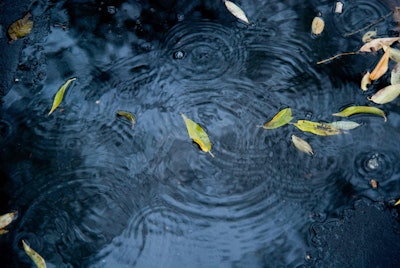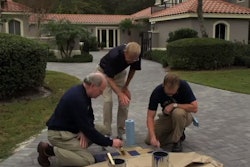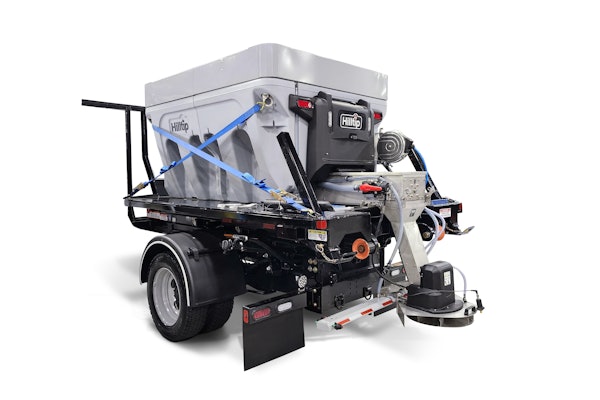
Watching water stream under parked cars and through the gutters every time it rained made Alice Abler cringe.
“What a terrible waste,” Abler recalls thinking, pondering all of the pollutants being swept down drains and into waterways.
Her chance to act came with a new program that provides homeowners with free rain gardens installed in their yards. These shallow depressions surrounded by dirt berms and planted with climate-appropriate flowering plants are designed to hold rainwater from rooftops and paved surfaces and keep it from flowing to streets.
The program allows homeowners to become environmental stewards, says Marcus Castain, founder and chief executive of Generation Water, an L.A.-based nonprofit organization that seeks new ways to reduce water usage.
Most rainwater travels across concrete and asphalt and picks up vehicle fluids, trash and other contaminants, which are then carried through sewers to the ocean.
The untreated water, called urban runoff, is considered the biggest source of pollution in California’s rivers and the ocean, says officials of Generation Water.
Environmentalists say the first inch of rain carries almost all the polluted runoff. A rain garden captures the water and allows it to be filtered into the soil rather than entering storm drains. And there are other benefits:
Read the full article here.
– Ann M. Simmons









